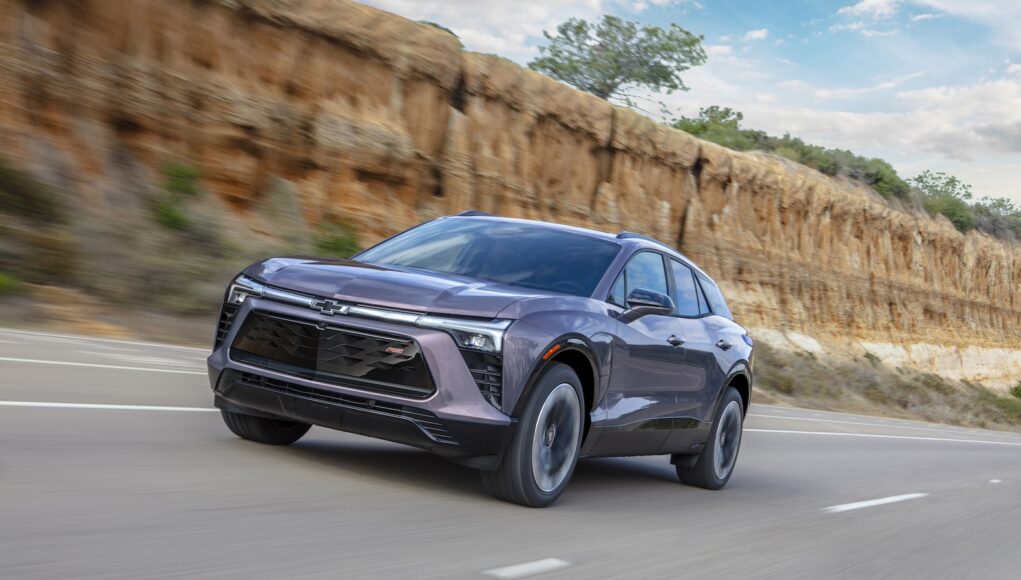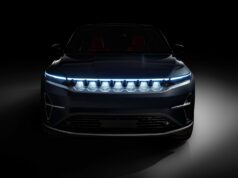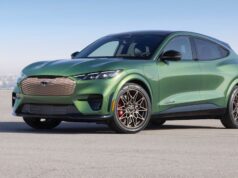Having introduced their full-size electric pickup and with a compact electric SUV in the wings, Chevrolet is completing the trio with the 2024 Chevrolet Blazer EV, a midsize, two-row battery-electric SUV.
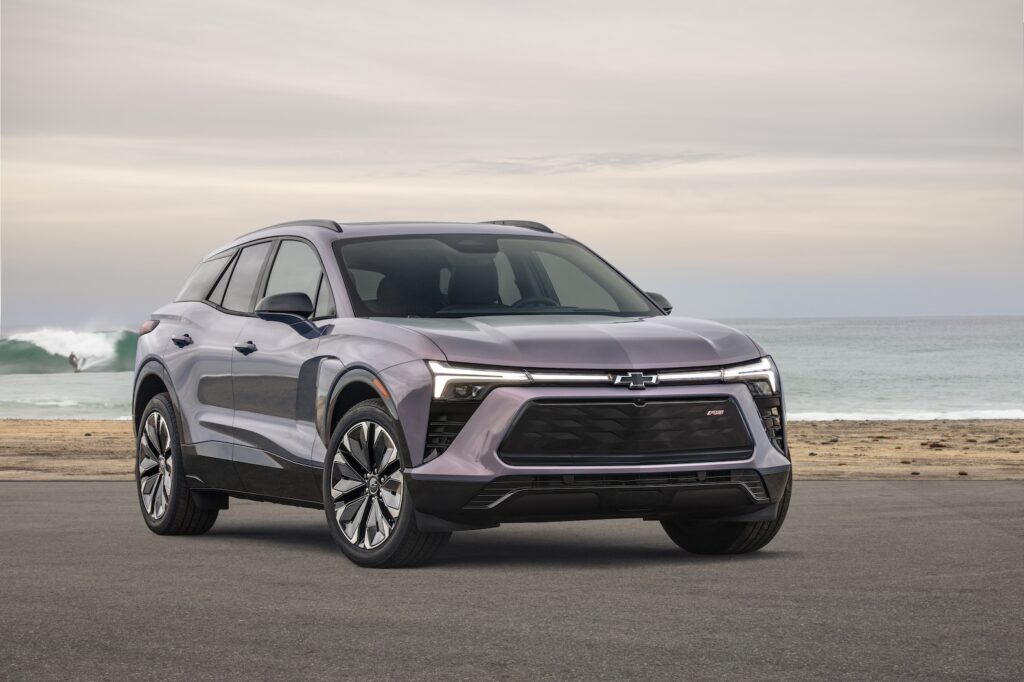
Built on GM’s BEV3 platform also used for the new 2024 Cadillac Lyriq EV, perusing the Blazer EV’s specs makes it seem as if there’s much here that seems shared with Lyriq. What it doesn’t share is appearance. There’s a family resemblance to the internal combustion engine (ICE) Blazer, although the EV is longer.
Initially offered in base LT and mid-level RS trim, a more-powerful SS model follows sometime after that.
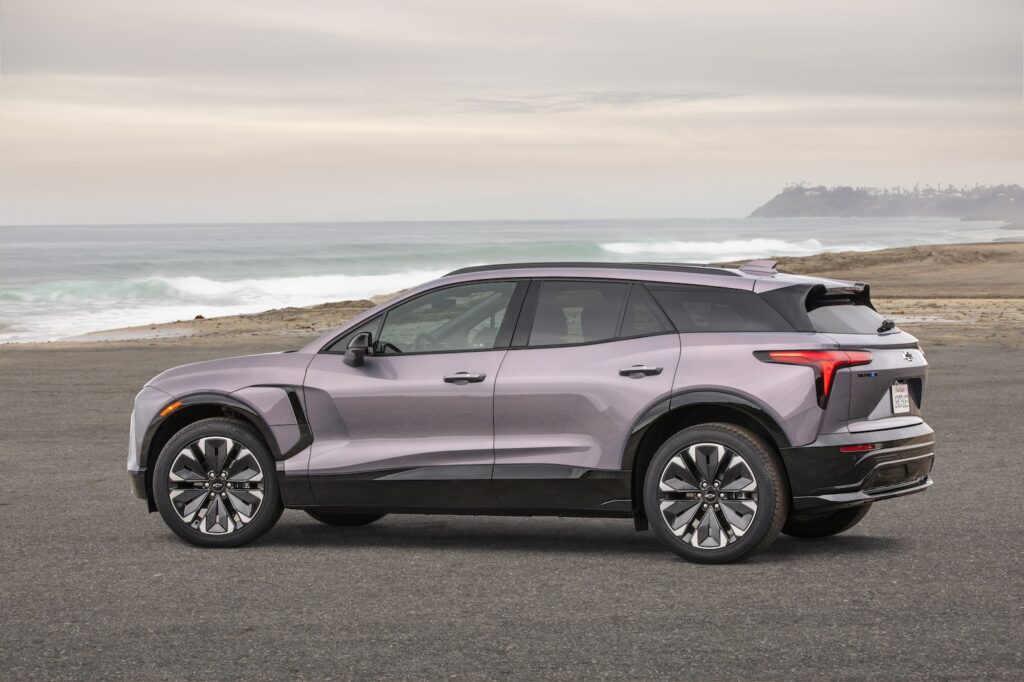
On the all-wheel-drive LT and RS, expect 288 horsepower and 333 pound-feet of torque. The better choice is the rear-wheel-drive RS with 340 horsepower and 325 pound-feet of torque. Of course, the truly power hungry will wait for the SS and its 557 horsepower and 648 pound-feet of torque. The LT and all-wheel-drive RS have 279 miles of range, while the rear-wheel-drive RS and all-wheel-drive SS get a larger 102-kWh battery. On the RS, it’s rated at 324 miles of range. The SS’s range was not revealed.
Note, however, that the rear-wheel drive, the larger motor is on the rear axle. With front-wheel drive, it’s moved to the front, with a smaller induction motor added to the rear axle for all-wheel drive. This gives the all-wheel-drive Blazer a front-wheel-drive bias. Notably, the SS, which wasn’t available to drive, gets large motors on both axles, an important performance distinction. And note that GM’s SuperCruise autonomous driving system is optional on the RS and standard on the SS.
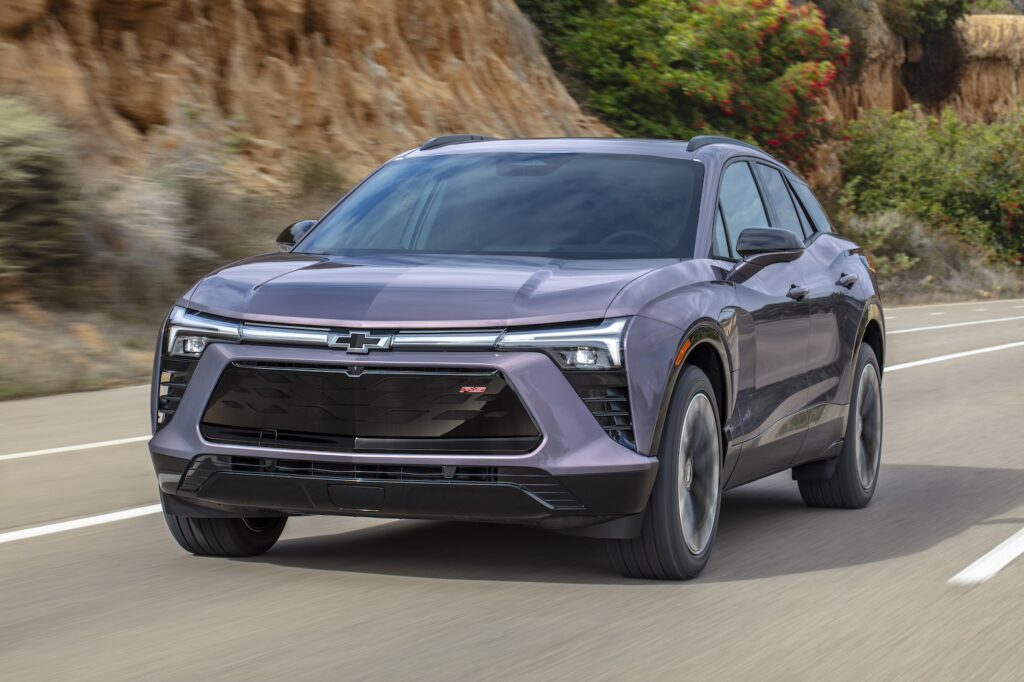
Aside from the SS, which will be released at a later date, the rear-wheel-drive RS is the one to have. It maintains a performance edge with 340 horsepower. It’s far more fun to drive than the 288-horsepower all-wheel-drive RS. The Blazer EV corners confidently thanks to its large battery weight down low and minimal body lean. But it’s wide for a sporty vehicle at 78 inches. Its suspension is perfectly tuned to absorb bumps without pounding the driver or significantly compromising passenger comfort. However, the rear-wheel-drive type outperforms the all-wheel-drive version since it can hang its tail around turns. However maneuvering such a heavy truck requires caution. The RS AWD’s front-wheel-drive leaning is notably less enthusiastic.
But its ride is quiet and refined, as the controlled explosions from a gasoline engine are not an issue due to the absence of noise or vibration. The cabin turns out to be more than big enough, although the front seats are disappointingly flat and under-bolstered for a sports vehicle
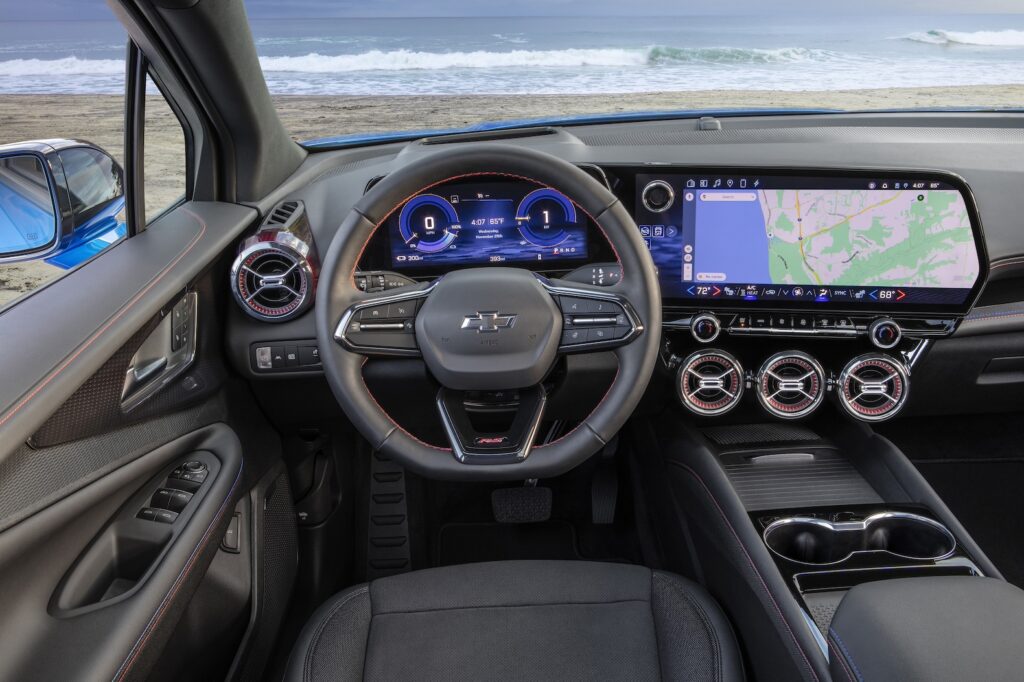
The instrument panel, which has the round air vents found on the Chevrolet Camaro and ICE Blazer, are far more appealing. Their mid-century modern aesthetic has been refined through contemporary design. It’s exciting and wild. However, the textured treatment on the dashtop, used to visually divide the large surface area, heavily reflects in the glass, making it difficult to see out. And a little less hard, poorly-finished plastic would be appreciated given its price.
The 17.7-inch infotainment system and 11-inch digital instrument cluster work quickly, with some items able to leap onto the instrument cluster from the infotainment screen with a simple swipe. The system lacks Apple CarPlay, but the software offers all of Apple CarPlay’s functionality while integrating your phone, so you’ll never miss it.
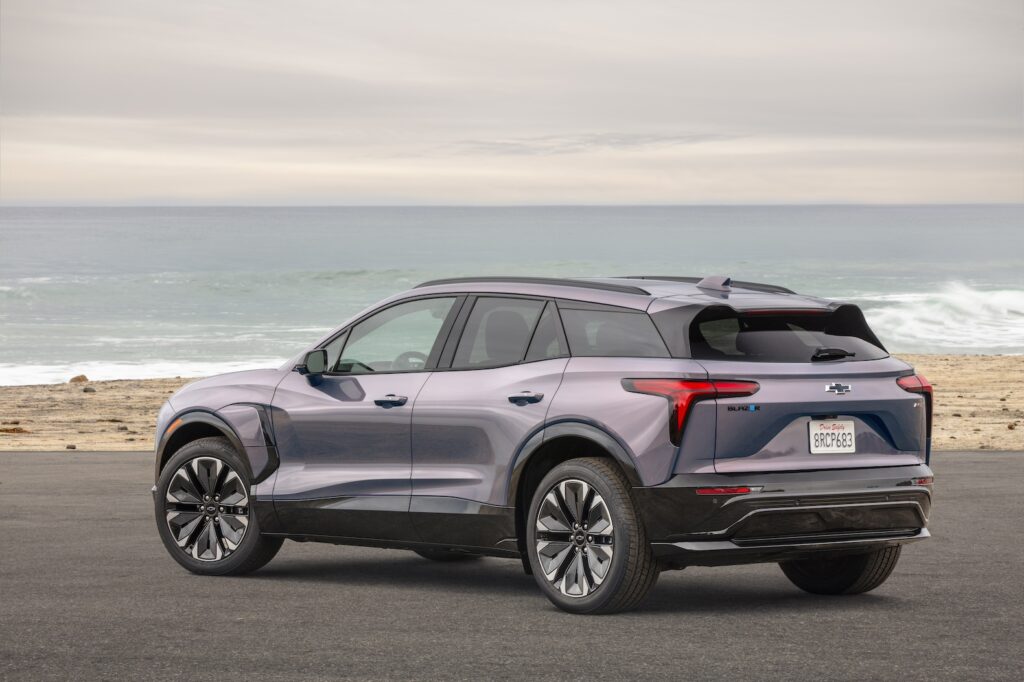
With strong performance, admirable ride and handling, a handsome design and impressive tech package, the 2024 Chevrolet Blazer proves compelling. And it qualifies for the $7,500 federal EV tax credit. Initially, prices start at $57,710 for the LT AWD and $60,215 RS AWD. That seems expensive for a Chevrolet; the similarly-sized Cadillac Lyriq EV starts at $58,590. And that could prove to be the Blazer EV’s biggest rival.

